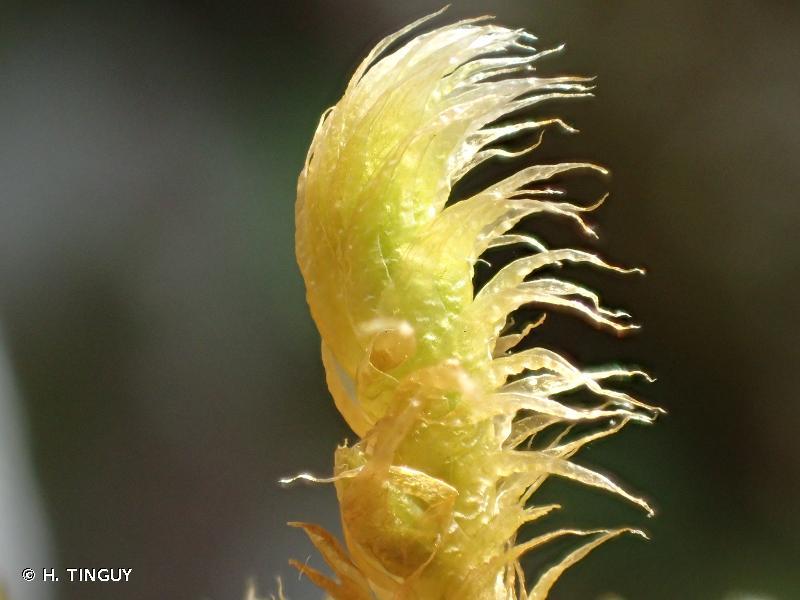
198476.jpg from: https://inpn.mnhn.fr/espece/cd_nom/6124
Introduction
In the vast and captivating world of bryophytes, one moss species stands out for its unique characteristics and ecological significance: Rhytidium rugosum (Hedw.) Kindb., commonly known as Rhytidium. This unassuming yet remarkable member of the
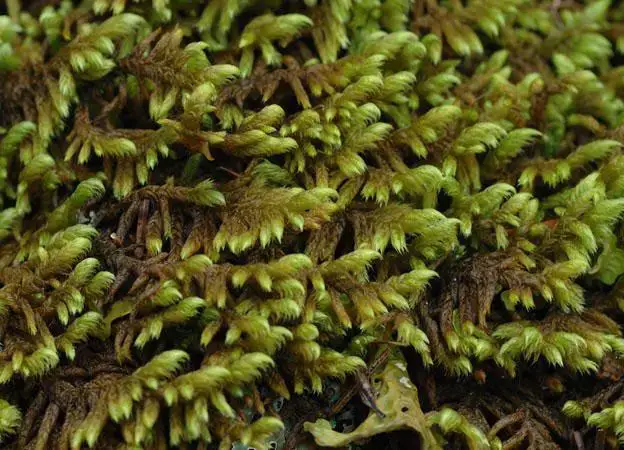
Rhytidium-rugosum-primorsky2007-ignatov-0269.jpg from: https://green.tsu.ru/redbook/?p=1258
Rhytidiaceae
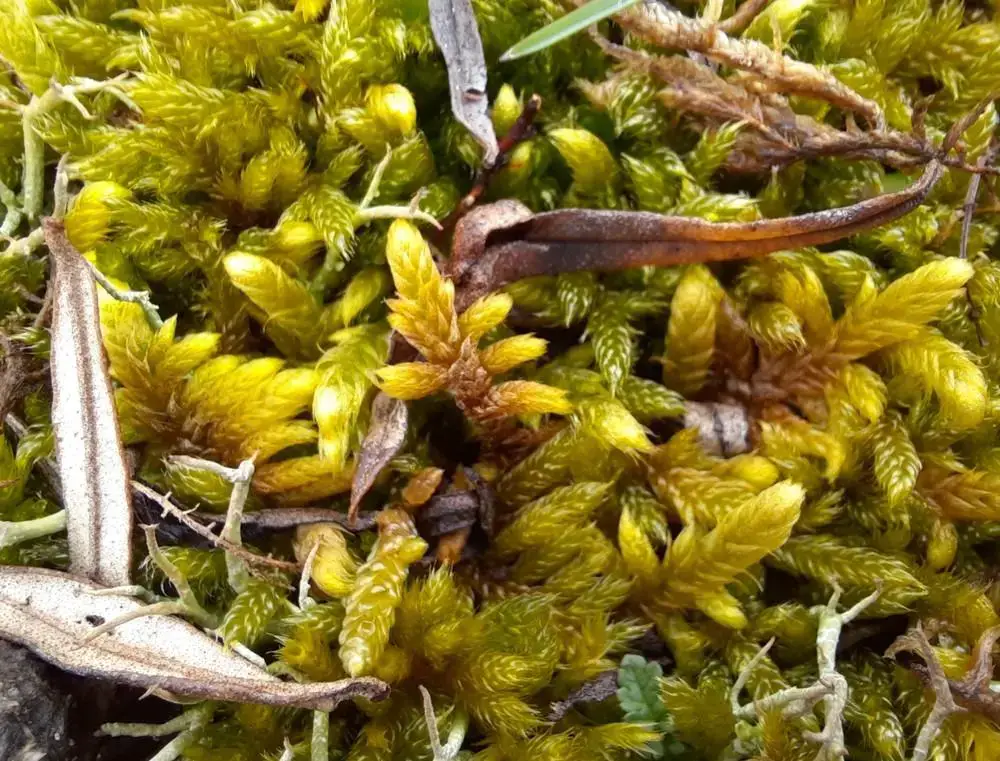
33737590.jpg from: https://waarneming.nl/waarneming/view/208517644?_popup=1
family has captured the hearts of moss enthusiasts worldwide, offering a fascinating glimpse into the intricate tapestry of nature’s smallest wonders.
Background
Before delving into the intricacies of Rhytidium rugosum
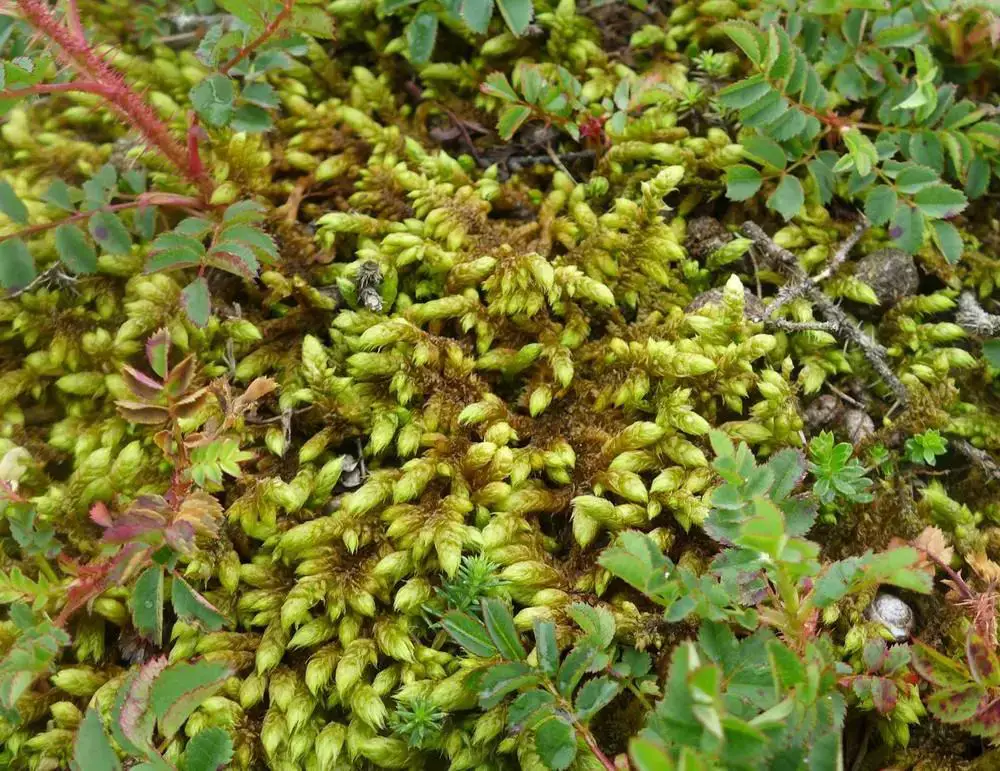
21398364.jpg from: https://waarneming.nl/observation/174487897/
, it’s essential to understand the broader context of bryophytes. These non-vascular plants, which include mosses, liverworts, and hornworts, are often overlooked but play a crucial role in various ecosystems. They are among the oldest land plants on Earth, with fossil records dating back over 400 million years, making them true survivors and pioneers of terrestrial life.
Main Content
Morphology and Identification
Rhytidium rugosum is a pleurocarpous moss, meaning its stems and branches grow horizontally along the substrate. Its distinctive feature is the
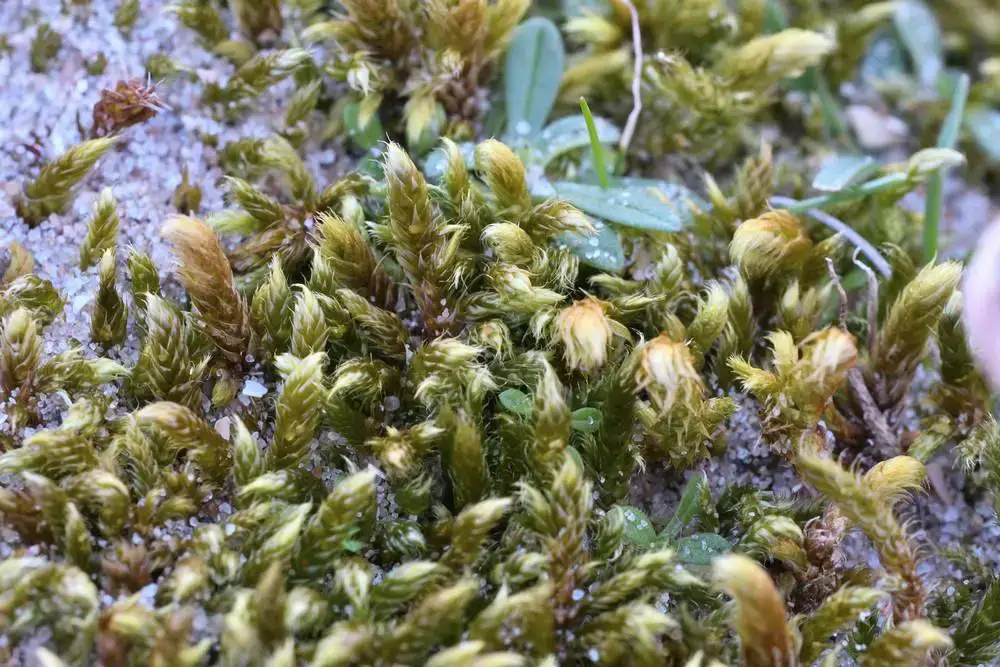
46632805.jpg from: https://waarneming.nl/waarneming/view/234441431?_popup=1
rugose (wrinkled or ridged) appearance of the leaves, which gives the moss its specific epithet “rugosum.” The leaves are ovate to lanceolate in shape, with a prominent midrib and a slightly recurved margin.
One of the most remarkable aspects of
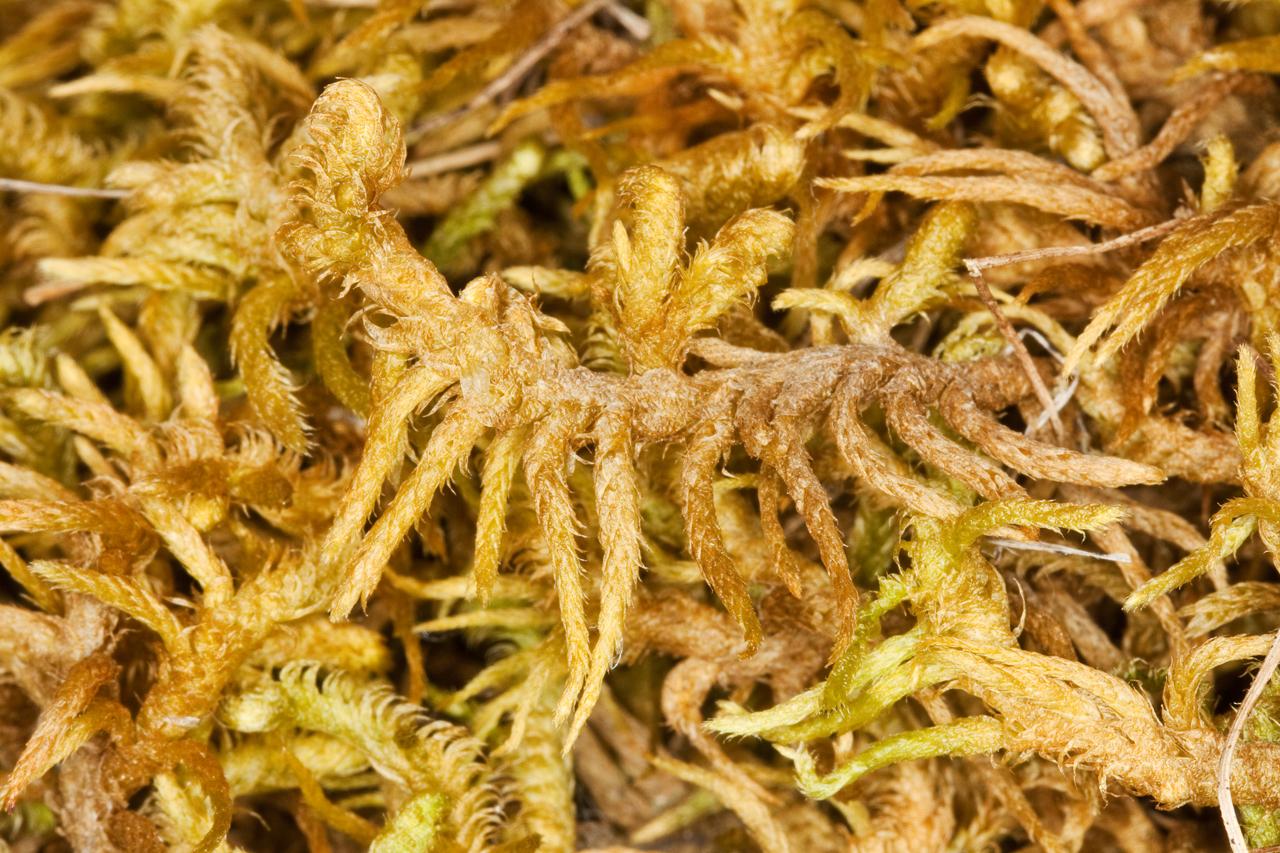
rhytidium_rugosum.jpg from: https://wnmu.edu/academic/nspages/gilaflora/rhytidium_rugosum.html
Rhytidium rugosum is its ability to change color. When dry, the moss appears dull green or brownish, but upon rehydration, it transforms into a vibrant, emerald-green hue, showcasing its resilience and adaptability.
Global Distribution and Habitat
Rhytidium rugosum is a cosmopolitan species, found on every continent except Antarctica. It thrives in a wide range of habitats, from boreal and temperate forests to alpine and arctic regions. This moss is particularly abundant in areas with high humidity and moisture levels, such as bogs, fens, and along stream banks.
Despite its widespread distribution, Rhytidium rugosum is often found in isolated patches or colonies, forming dense mats or cushions on the ground, rocks, or decaying logs. Its ability to colonize a variety of substrates and tolerate a range of environmental conditions contributes to its success as a pioneering species.
Ecological Roles and Adaptations
Rhytidium rugosum plays a vital role in various ecosystems, serving as a habitat for numerous microorganisms, invertebrates, and even small vertebrates. Its dense mats provide shelter, moisture retention, and a source of nutrients for these organisms, contributing to the overall biodiversity of the ecosystem.
One of the remarkable adaptations of Rhytidium rugosum is its ability to survive desiccation. During dry periods, the moss can lose up to 98% of its water content and enter a state of dormancy, only to revive and resume its metabolic activities when moisture becomes available again. This remarkable trait allows the moss to thrive in environments with fluctuating moisture levels.
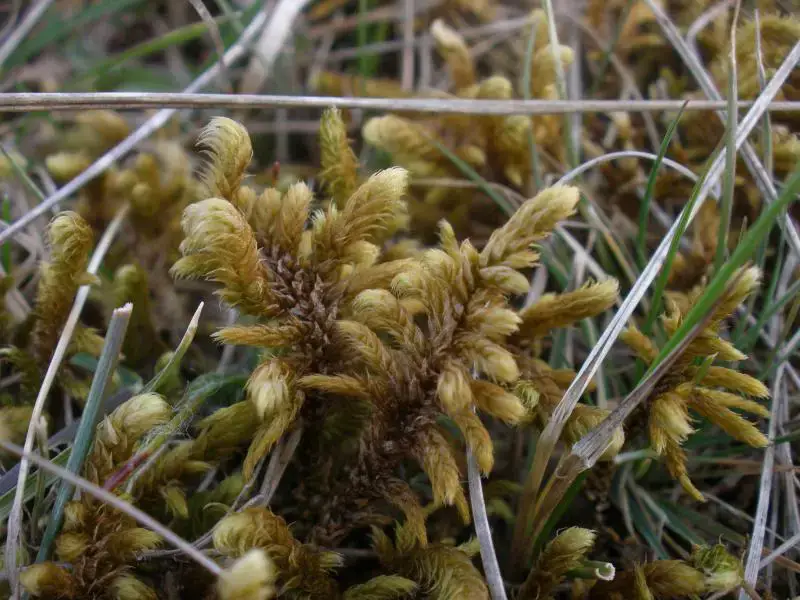
8273673.jpg from: https://waarneming.nl/species/17584/
Case Studies/Examples
In the Pacific Northwest region of North America, Rhytidium rugosum plays a crucial role in the recovery of disturbed areas, such as clear-cut forests or burned sites. Its ability to rapidly colonize and stabilize the soil makes it a valuable pioneer species, paving the way for the establishment of other plants and facilitating ecosystem restoration.
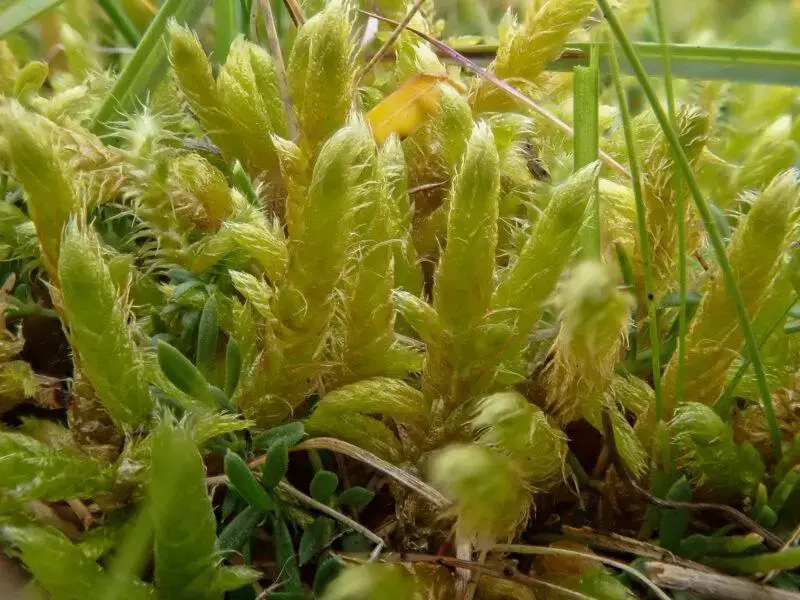
2021-10-22-11-22-20-800×600.jpg from: https://www.britishbryologicalsociety.org.uk/learning/species-finder/rhytidium-rugosum/
Technical Table
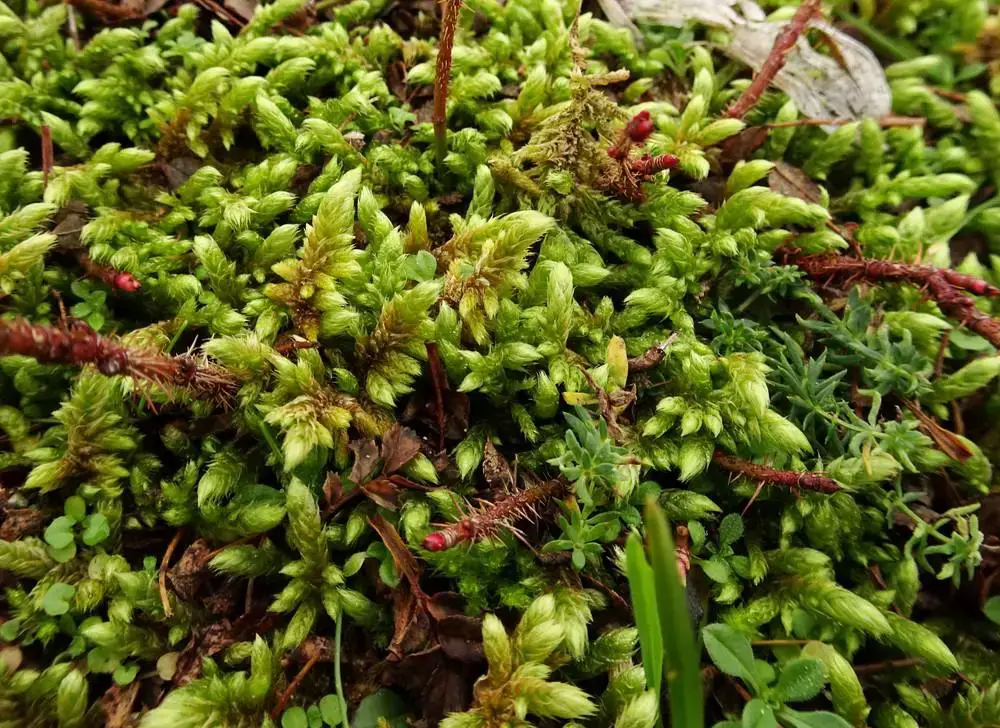
32452873.jpg from: https://waarneming.nl/observation/203879110/
| Characteristic | Description |
|---|---|
| Phylum | Bryophyta |
| Class | Bryopsida |
| Order | Hypnales |
| Family | Rhytidiaceae |
| Genus | Rhytidium |
| Species | Rhytidium rugosum (Hedw.) Kindb. |
| Growth Form | Pleurocarpous moss |
| Leaf Shape | Ovate to lanceolate |
| Leaf Surface | Rugose (wrinkled or ridged) |
| Habitat | Boreal, temperate, alpine, and arctic regions |
| Substrate | Soil, rocks, decaying logs |
Conclusion
Rhytidium rugosum, a unassuming yet remarkable moss species, has captured the hearts of bryologists and nature enthusiasts alike. Its unique morphology, global distribution, and ecological significance make it a fascinating subject of study. As we continue to explore and appreciate the intricate world of bryophytes, Rhytidium rugosum serves as a reminder of the resilience and adaptability of these ancient plants, leaving us with a thought-provoking question: What other wonders lie hidden in the realm of the smallest and most overlooked organisms on our planet?
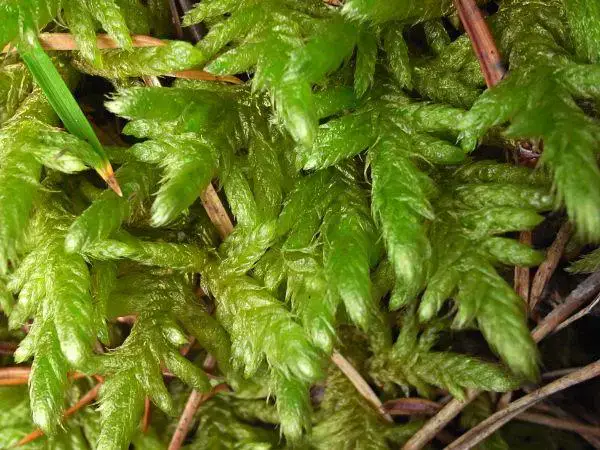
06-14-Rhytidium-rugosum.jpg from: https://www.britishbryologicalsociety.org.uk/bryophyte-of-the-month/rhytidium-rugosum/